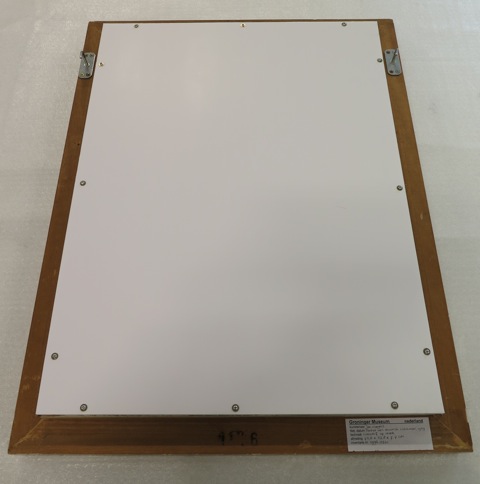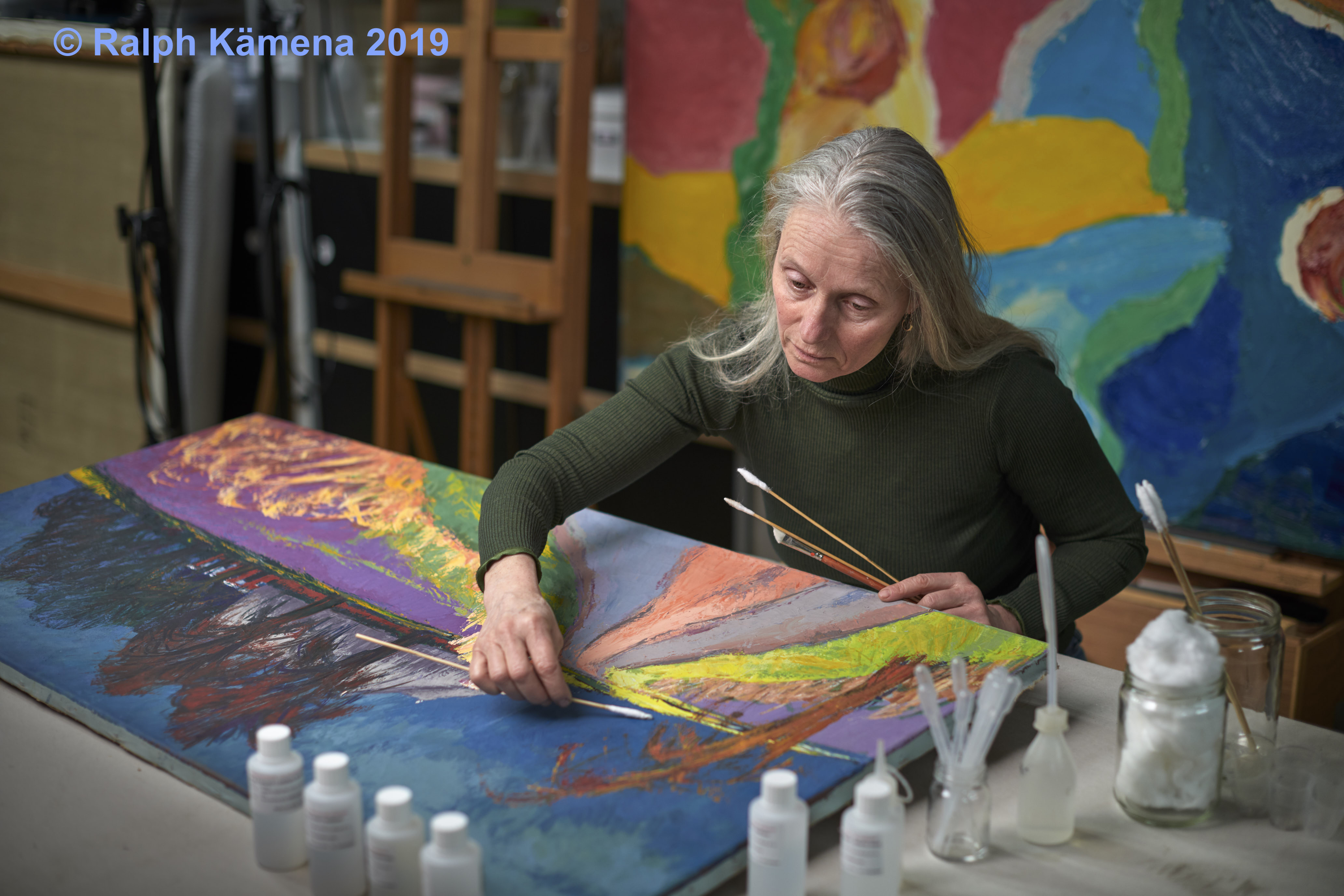Dust removal from paintings
The back side of a painting tells a lot about the conditions of the painting. Many paintings are dusty because it is a place that is not often cleaned. Who is thinking of dust removal from paintings when you just want to enjoy the painting. However, this treatment is essential for the preservation of the painting.
First of all, how dusty is back side? Certainly most paintings have a layer of dust on them. This substance is a breeding ground for fungi and insects. The dust pulls into the linen and accumulates behind the stretcher. Pine needles of the Christmas decorations also appear behind the canvas during conservation treatment. A protection on the back of a painting can prevent damage and pollution.
test to see
Information on the back of a painting
Apart from the conservation treatment. The back side of a painting is just as important as the front. Here we can always find a lot of information about the painting. The artist often writes title and address on it. We see stickers or stamps on the stretcher, from the shop who sold it. Stickers from museums and exhibitions, galleries, transports and customs. And the owner who puts a note to whom he wants to leave the work .
Tools for dust removal
In museum collections dust is regularly being removed from paintings. And in the Boijmans van Beuningen Museum Rotterdam, the conservators uses this Makita. Marjan de Visser had the opportunity to test this handy portable Makita during an assignment in the depot.
Preventive treatment – back board
To prevent dust and dirt accumulation on the back of a canvas painting, a backing board can be mounted on the back. Conservators have choice of different dense materials. A rear protection also buffers the vibrations on the canvas and the climate changes. It is a simple and yet effective measure and it prevents dust removal from paintings.
Preventive treatment -Ploeg Schilders -Groninger Museum
During a 3 year project, a team of interns and museum workers conserved under super vision of Marjan de Visser more than 300 paintings from the sub collection “Ploeg Schilders’ from the Groninger Museum. Basic preventive conservation treatments including dust removal from paintings.












